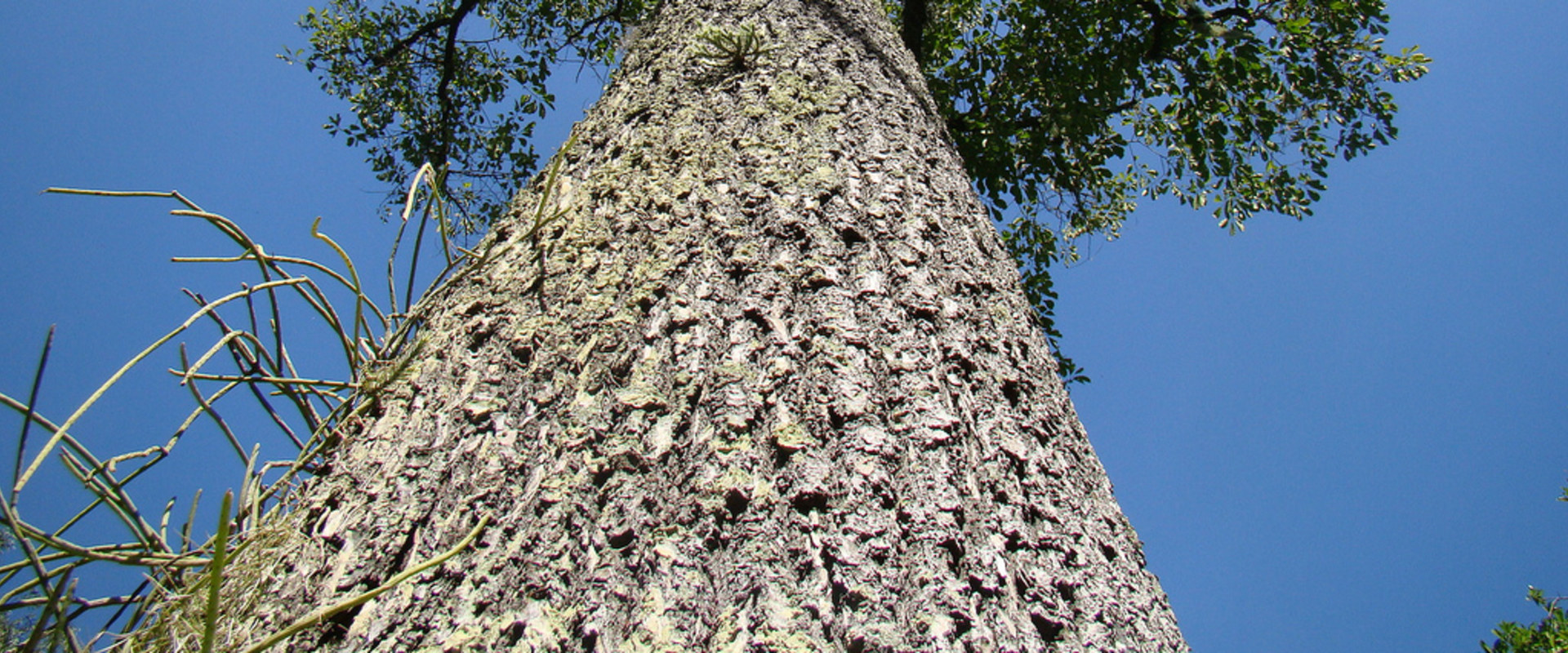Brazil walnut trees are tropical evergreen trees that grow naturally in countries such as Brazil, Bolivia, Colombia and Peru along the banks of rivers such as the Rio Negro and the Amazon. Natural trees produce better, but growing them is possible. When the seedling measures 6-12 inches (15-30 cm). Brazil walnut is found predominantly in the Amazon rainforest in Brazil, Bolivia, Colombia, Venezuela, Ecuador and Peru.
The tree grows best in non-flooded areas of the lowland rainforest and is often found within a group of 50 or more similar trees (groups like this are called “stands”). Of the many imposing trees in the rainforest, Brazil walnut (Bertholletia excelsa) is one of the most intriguing. The tree is best grown in the U.S. UU.
Department of Agriculture Plant Hardiness Zone 11 and above. Known to require very specific conditions for growth, flowering and fruiting, Brazil nuts are usually harvested directly from wild trees. Brazil chestnut trees are approximately 160 feet tall and, when properly grown, produce creamy white flowers and massive, segmented fruits full of edible nuts. Growing these trees is a difficult task, even if you live in a chestnut growing area, but it is also a very rewarding task.
Once you have a raw Brazil nut, you can plant it in a jar with nutrient-rich soil. Once the seeds have germinated, you can move them to a larger container. Most Brazil Nuts Imported to the U.S. Undergo processing that involves soaking and boiling.
Boiling kills the seed, making it impossible for it to sprout. Suitable seed stocks can be purchased through online nurseries, harvested directly from rainforest trees, or sourced from specialty markets. Do your research and ask lots of questions to make sure you're getting healthy, raw nuts to plant. Soaking allows the outer shell of the seed to soften for shelling and allows the nut to sprout.
Fill a large glass jar with one-third of the shelled walnuts and cover it for twenty-four hours. Pour in the water and rinse the nuts. Continue the process, reducing the soak time to eight-hour increments until you see sprout. Once you see sprouting, carefully remove the outer shell of the nut.
Brazil nuts require a series of very specific conditions in order to germinate. The best way to achieve most of these conditions is to prepare an environment similar to that of the rainforest. Fill two-thirds of a large canning jar with moist, nutrient-rich potting soil. Keep a piece of cheesecloth and an elastic band handy to cover the jar once the sprout has been planted.
Creates a depression in the soil deep enough to cover the entire seed. Cover the seed with soil and water moderately without fogging up the soil. Cover the jar with cheesecloth and secure it with an elastic band. Place the jar in a place with low sunlight or indirect light.
Check seed frequently for signs of germination or failed germination. A germinated seed will show signs of germination, while a failed germination will show mold in the jar. If your seed has germinated, move the jar to a sunny spot. Remove cheesecloth for about three to four hours a day to provide fresh air to the plant.
Once the tree develops a set of true leaves, move it to a larger, covered pot so that it has room to grow. In North America, as early as 1896, Brazil nuts were sometimes referred to by the slang term “black fingers”, a vulgarity that gradually ceased to be used as racial slur became socially unacceptable. As a food, Brazil nuts stand out for their diverse micronutrient content, especially a high amount of selenium. An established tree can produce up to 300 fruits, which means that collectors can harvest about 6000 seeds per tree.
Nutritionally, Brazil nuts are a rich source (20% or more of the Daily Value, DV) of dietary fiber (30% DV) and various dietary vitamins and minerals. Not surprisingly, Brazil nuts didn't really take off until the Spanish and Portuguese made better forays into the jungle. In Brazil, these seeds are called “Castanhas-do-Pará ¡” or “chestnuts of Pará ¡¡”, because of a state in northern Brazil where trees grow abundantly!. The fruit itself is a large capsule 10 to 15 cm (4 to 6 inches) in diameter, resembling the size of a coconut endocarp and weighing up to 2 kg (4 lb 7 oz).
Brazil walnut wood is prized for its quality in carpentry, floors and heavy construction. The harvest of trees from Brazil that grow naturally has prevented deforestation for this reason in many areas of the Amazon. Brazil walnut wood (not to be confused with Brazil wood) is of excellent quality and has a variety of uses, from flooring to heavy construction. Because of this, although tree plantations have been attempted in Brazil, natural cultivation has proven to be more reliable.
In fact, they are more related to blueberries and persimmons than to walnuts or pecans. Brazil nut (Bertholletia excelsa) is a South American tree of the Lecythidaceae family, and is also the name of the edible seeds commercially harvested from the tree. At first glance, the Brazil nut looks like little more than an oversized and expensive nut that is passed in the supermarket. .
.

Leave Message